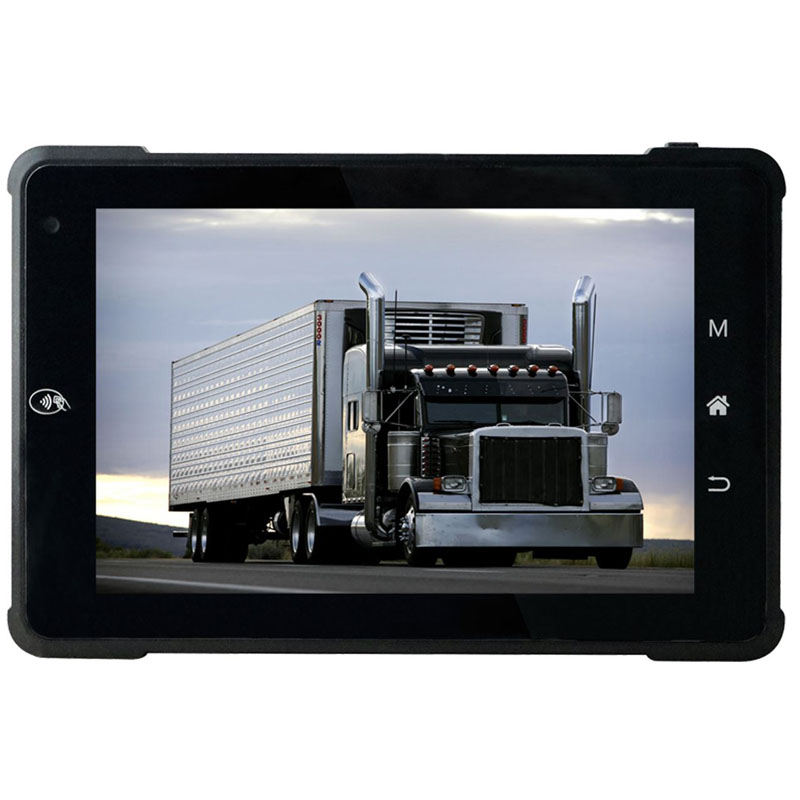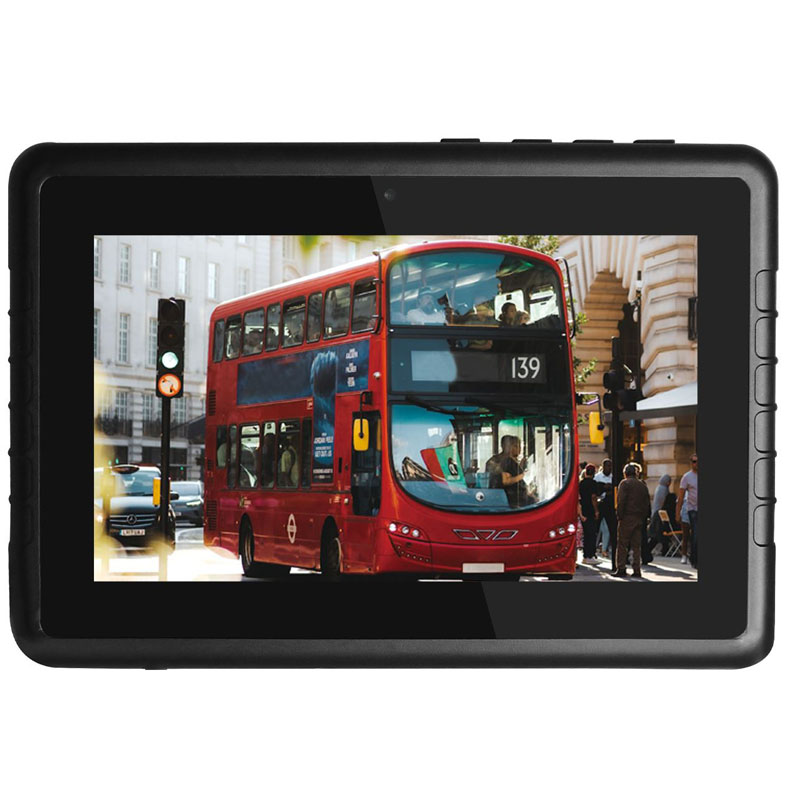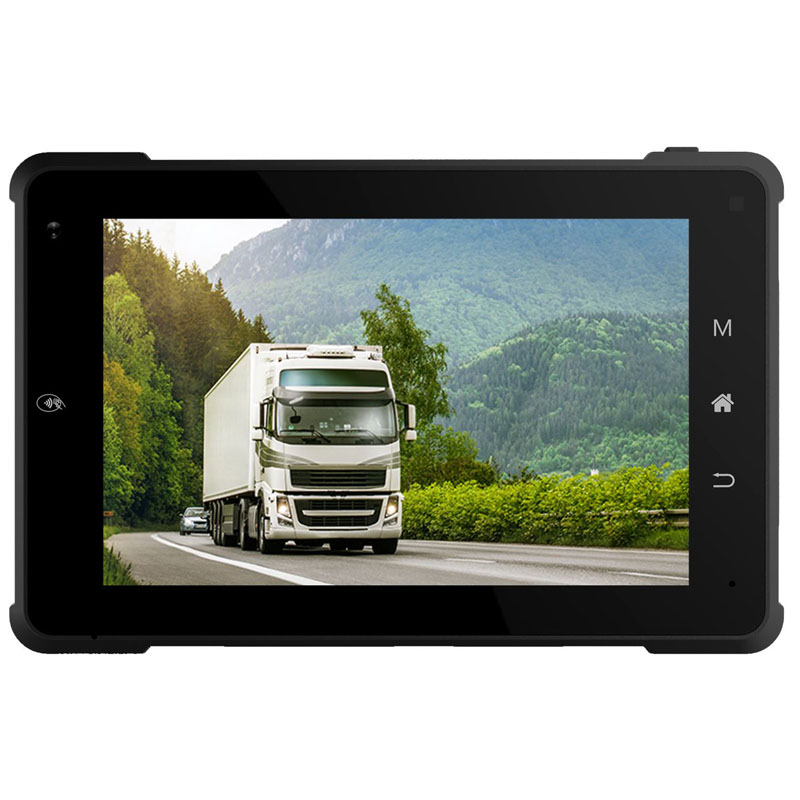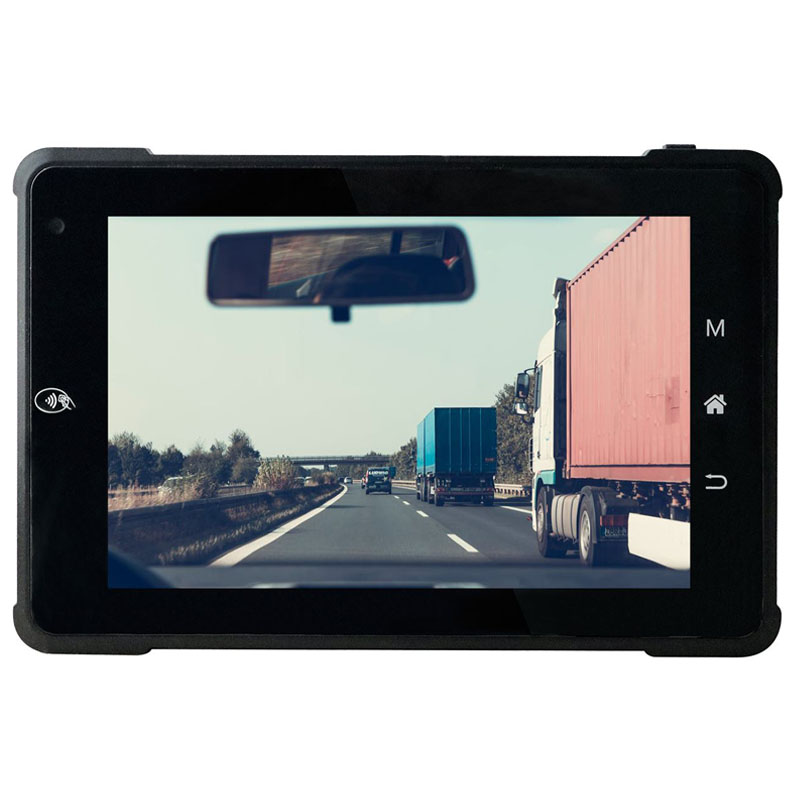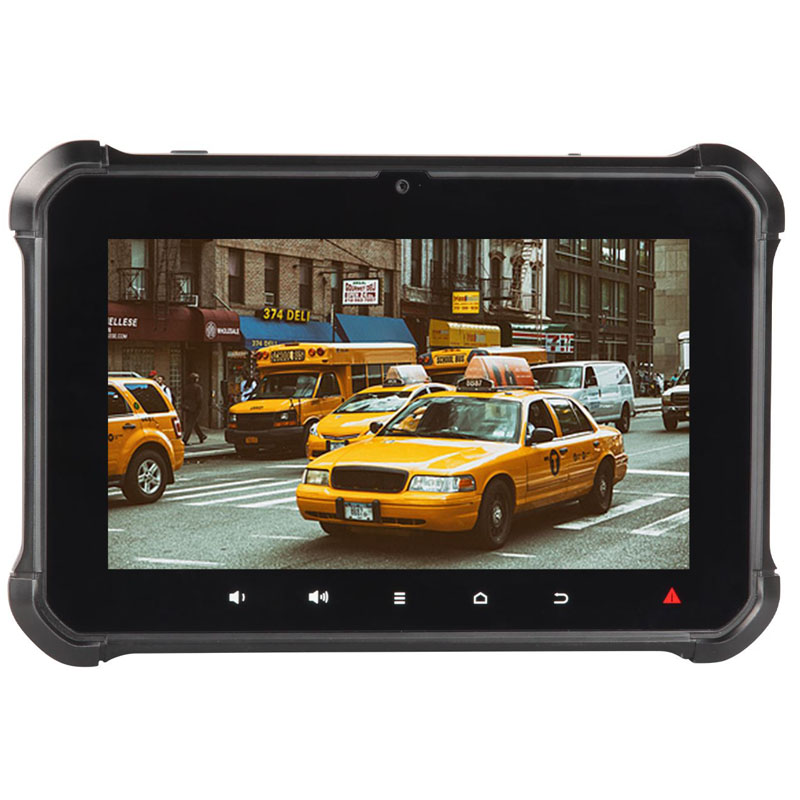The Advanced World of In-Cabin Displays: A Comprehensive Guide
Welcome to the fascinating realm of in-cabin displays, a technology that has revolutionized the way we interact with our vehicles and aircraft. In this guide, we will delve into the various aspects of in-cabin displays, exploring their functionalities, applications, and the latest advancements in this field. Whether you are looking to purchase an in-cabin display or simply want to learn more about this cutting-edge technology, this guide will provide you with valuable insights and information.
- What is cabin monitor?
- What is in-cabin sensing?
- How does driver monitoring system work?
- What is occupant monitoring system?
- What is occupancy tracker?
- What is house monitoring system?
- What is a digital monitoring system?
- How many types of monitoring system are there?
- What is infrastructure monitoring system?
What is cabin monitor?
A cabin monitor, also known as an in-cabin display, is a visual interface that provides information and entertainment to the occupants of a vehicle or aircraft. It is typically located in the cabin, hence the name, and can display a wide range of content, including navigation, media playback, vehicle diagnostics, and more. In modern vehicles, cabin monitors are often touch-sensitive and offer intuitive user interfaces for easy interaction.
What is in-cabin sensing?
In-cabin sensing refers to the use of sensors and cameras within the cabin of a vehicle or aircraft to monitor the occupants and their surroundings. This technology can detect various aspects, such as occupancy, posture, vital signs, and even driver attention levels. In-cabin sensing systems play a crucial role in enhancing safety, comfort, and convenience by providing data that can be used to adjust the vehicle’s settings or trigger alerts in emergency situations.
How does driver monitoring system work?
A driver monitoring system is designed to ensure driver safety and attentiveness while operating a vehicle. It typically utilizes a combination of cameras, sensors, and algorithms to monitor the driver’s behavior, attention, and vital signs. The system can detect signs of drowsiness, distraction, or impairment, and can alert the driver or take corrective actions, such as adjusting the vehicle’s speed or steering, to prevent accidents.
What is occupant monitoring system?
An occupant monitoring system is a technology that monitors the occupants of a vehicle or aircraft, providing valuable data that can be used to enhance safety and comfort. This system can detect aspects such as occupancy, posture, vital signs, and even the presence of children or pets. By analyzing this data, the system can adjust the vehicle’s settings, such as seatbelt tension, airbag deployment, or climate control, to ensure the well-being of the occupants.
What is occupancy tracker?
An occupancy tracker is a device or system that monitors and records the number of occupants present in a specific area, such as a vehicle or a room. It can be used for various purposes, such as crowd control, energy management, or security monitoring. Occupancy trackers can utilize various technologies, including sensors, cameras, or even wireless signals, to accurately detect and count the number of people in a given space.
What is house monitoring system?
A house monitoring system, also known as a home security system, is designed to protect a residence from unauthorized access, burglary, or other potential threats. It typically includes sensors, cameras, and a central control unit that can be monitored and controlled remotely. House monitoring systems can provide real-time alerts, video surveillance, and even remote access to the residence’s security features, allowing homeowners to monitor and secure their homes with ease.
What is a digital monitoring system?
A digital monitoring system is a technology that uses digital signals and sensors to monitor and record various parameters, such as temperature, humidity, pressure, or motion. It can be used in various applications, such as environmental monitoring, industrial automation, or healthcare. Digital monitoring systems are often more accurate, reliable, and versatile than traditional analog systems, and can provide real-time data that can be analyzed and utilized for decision-making purposes.
How many types of monitoring system are there?
There are numerous types of monitoring systems, each designed for specific applications and purposes. Some common types include:
Environmental monitoring systems: Used to monitor air quality, water quality, or weather conditions.
Security monitoring systems: Used to protect homes, businesses, or public spaces from unauthorized access or threats.
Industrial monitoring systems: Used to monitor and control industrial processes, such as manufacturing, energy production, or logistics.
Healthcare monitoring systems: Used to monitor patients’ vital signs, medication adherence, or overall health conditions.
Infrastructure monitoring systems: Used to monitor the condition and performance of buildings, bridges, or other structures.
What is infrastructure monitoring system?
An infrastructure monitoring system is designed to monitor the condition, performance, and safety of civil infrastructure, such as buildings, bridges, roads, or dams. It typically utilizes sensors, cameras, and other monitoring devices to collect data on various parameters, such as structural integrity, vibration, temperature, or strain. By analyzing this data, engineers and maintenance professionals can detect potential issues, predict failures, and plan necessary repairs or maintenance activities, ensuring the safety and longevity of the infrastructure.
In this comprehensive guide, we have explored the fascinating world of in-cabin displays and the various technologies associated with them From the functionalities of cabin monitors to the intricacies of in-cabin sensing, we have delved into the technologies that are shaping the future of vehicle and aircraft interiors. We have discussed the importance of driver monitoring systems in ensuring road safety and the role of occupant monitoring systems in enhancing passenger comfort and safety.
We have also explored the concept of occupancy tracking and its applications beyond just counting people, extending into energy management and security. Additionally, we have touched upon house monitoring systems, which are an integral part of modern home security, providing peace of mind to homeowners.
The realm of digital monitoring systems has been illuminated, highlighting their superiority in accuracy and versatility compared to traditional analog systems. The guide has also outlined the various types of monitoring systems available, each tailored to specific industries and needs, from environmental monitoring to healthcare and industrial applications.
Finally, we have discussed infrastructure monitoring systems, which are crucial for maintaining the integrity of our built environment. These systems help prevent catastrophic failures by continuously monitoring the health of structures and alerting engineers to potential problems before they become hazards.


